Hello fellow bird nerds, it is I, your friendly neighborhood wildlife biologist talking to you live from sunny Kiawah Island! That’s right kids - buckle up because this is a guest blog!
Once inhabited by and named after the Kiawah Native American tribe, the island is now primarily a private island that serves as an escape from the hustle and bustle of the city for many people. For all the development that has occurred on the island, it still holds on to its native flora and fauna through programs such as the “Grow Native” initiative led by the Town of Kiawah and the continued efforts of the Kiawah Conservancy to preserve the natural habitats of the island. That’s where my story begins because, without these two organizations, I would not have a job!
So then, where were we? Ah, yes, I was introducing myself! My name is David Sandahl and I am a graduate of Michigan State University’s Fisheries and Wildlife program and I work as part of a team of wildlife biologists who spend the fall migration season catching and banding our little feathered friends. In all, we are a team of 7 led by our fearless leader Aaron Given - you may have heard of him (he’s kind of a big deal).
Banding season on Kiawah Island runs from August 15-November 30, and our team is in the field banding every day, weather permitting. Our resources are split between two banding stations located on opposite sides of the island (Little Bear on the east end and Captain Sam’s on the west end). To learn more about the daily trials, triumphs, and birds we band, please visit our blog!
My day starts about thirty minutes before sunrise when the team and I head out to our mist nets and open each one in hopes to catch some sweet birdies. Mist nets are very large, fine nets often used as part of the process to band birds. This season we’ve varied from catching as little as 10 birds in a day to as many as 292. Between the two sites, we’ve caught a total of 7,551 birds of 98 species at the press release.
After spending the past 3 fall migrations at the Michigan State Bird Observatory in my beautiful home state (believe me, it’s not all Detroit), I was excited to see some of the birds y’all get on the coast. Let me tell you, South Carolina does not disappoint! One of the first birds I handled down here was a Chuck-Will's-Widow, a nocturnal bird of the nightjar family.
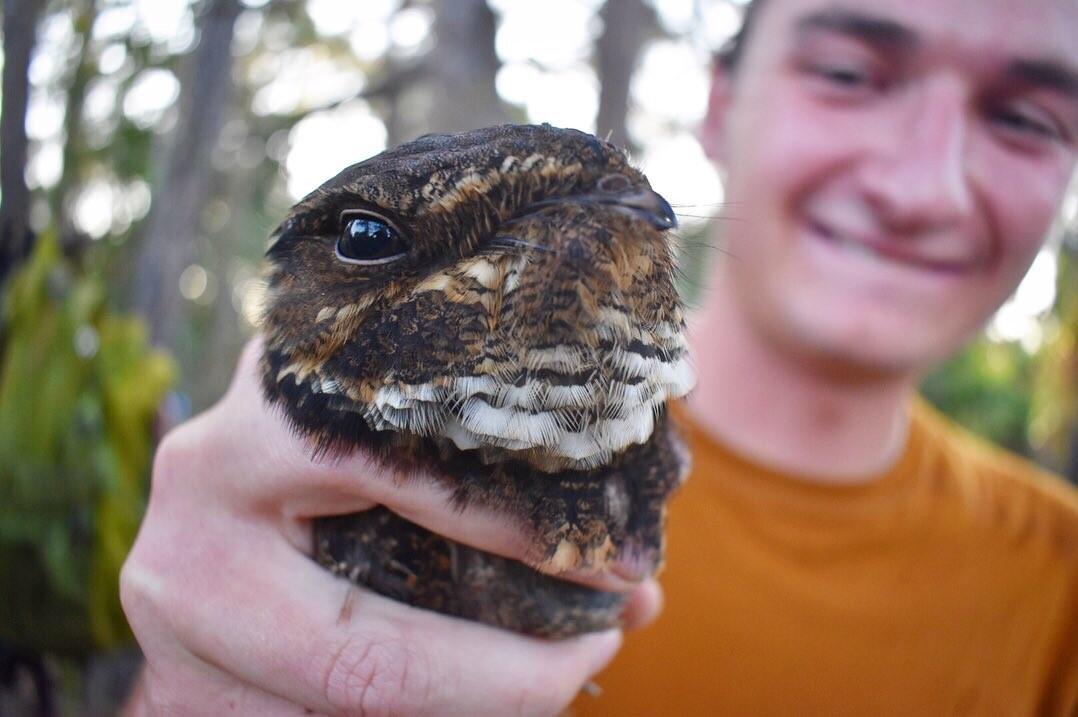
I also have loved all the eastern warblers moving through the area such as:
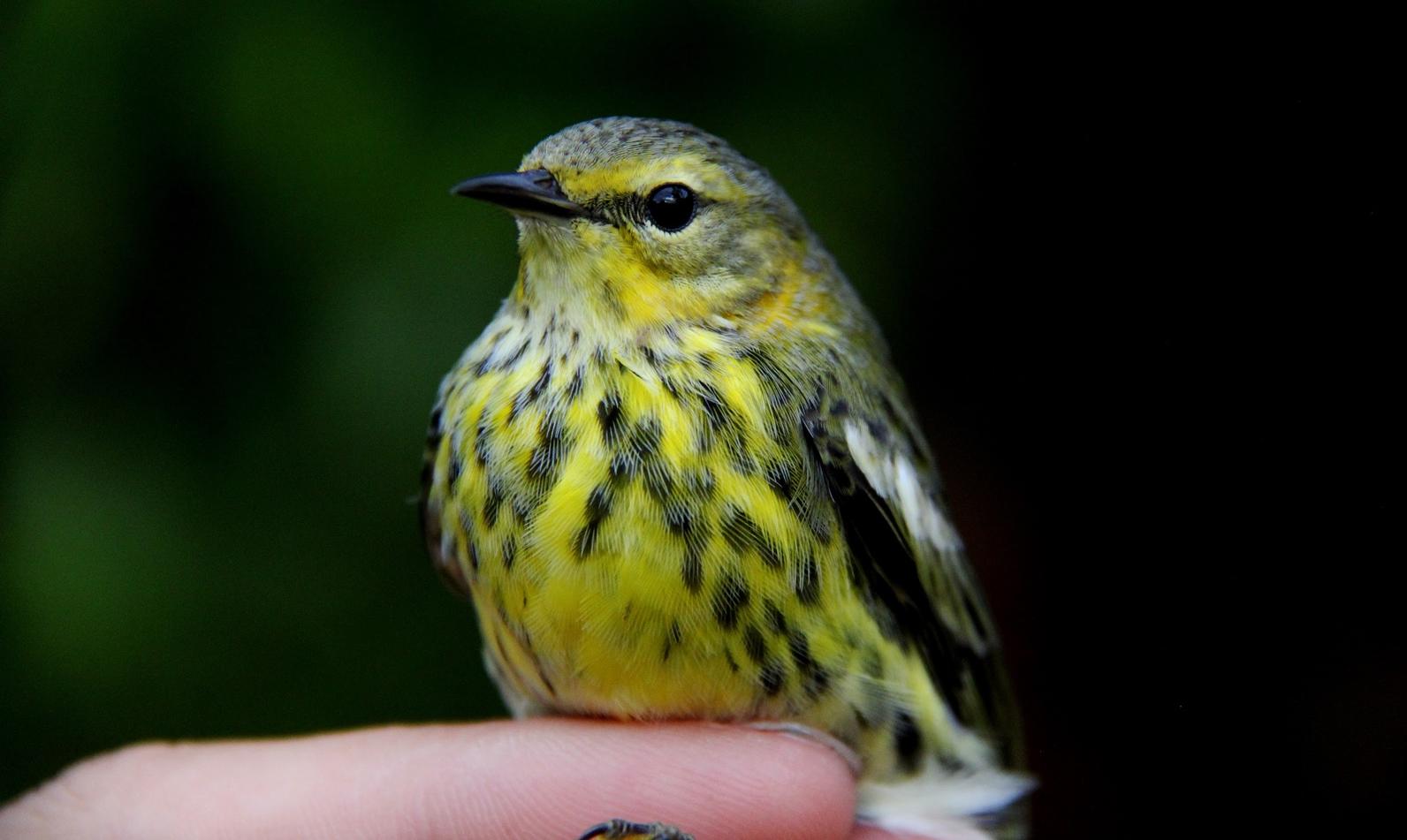
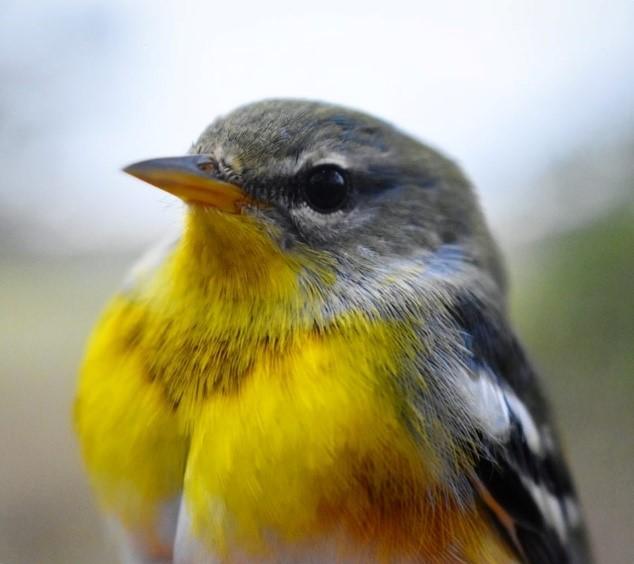
And of course, some of the bigger birds we’ve been lucky enough to handle at the station:
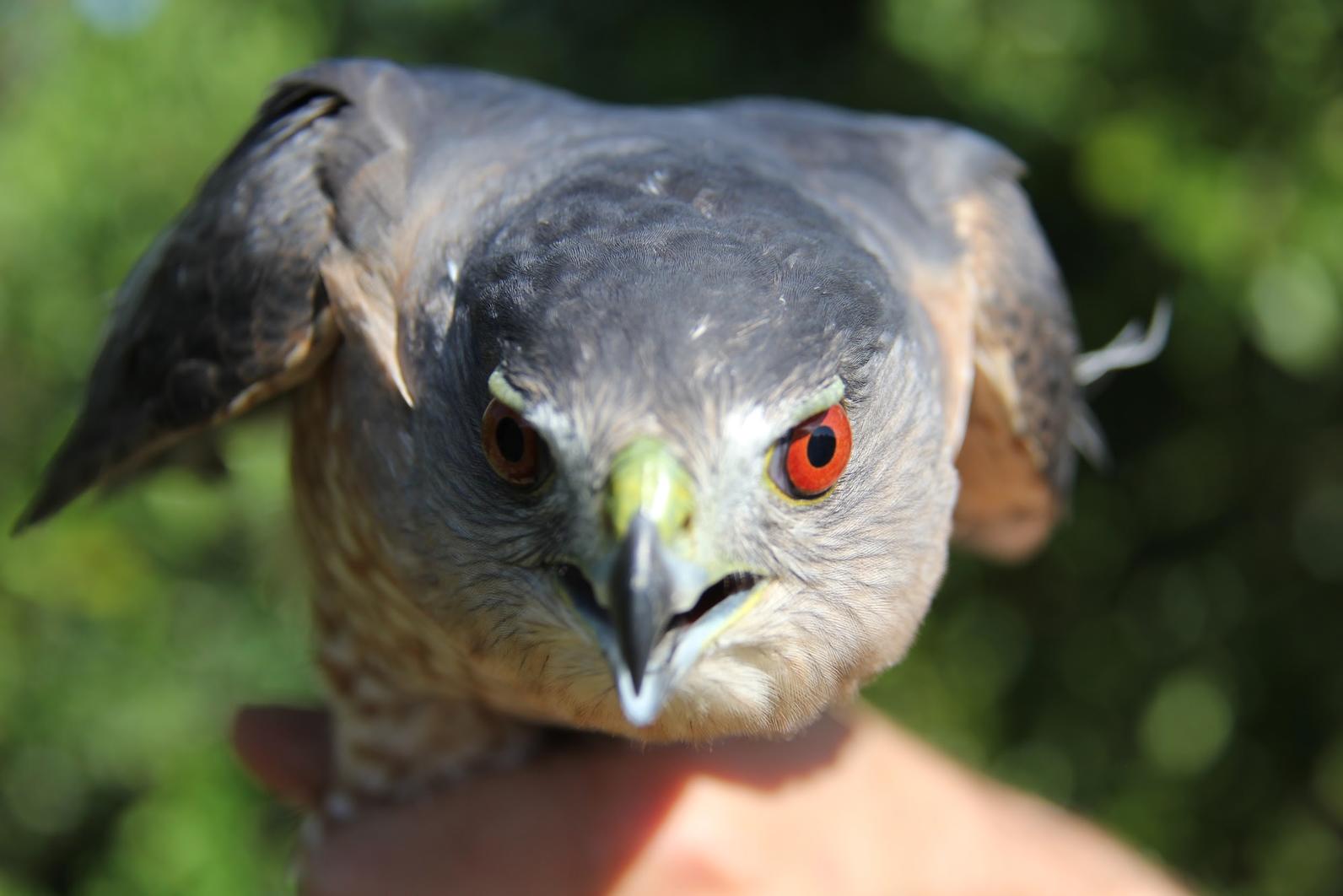
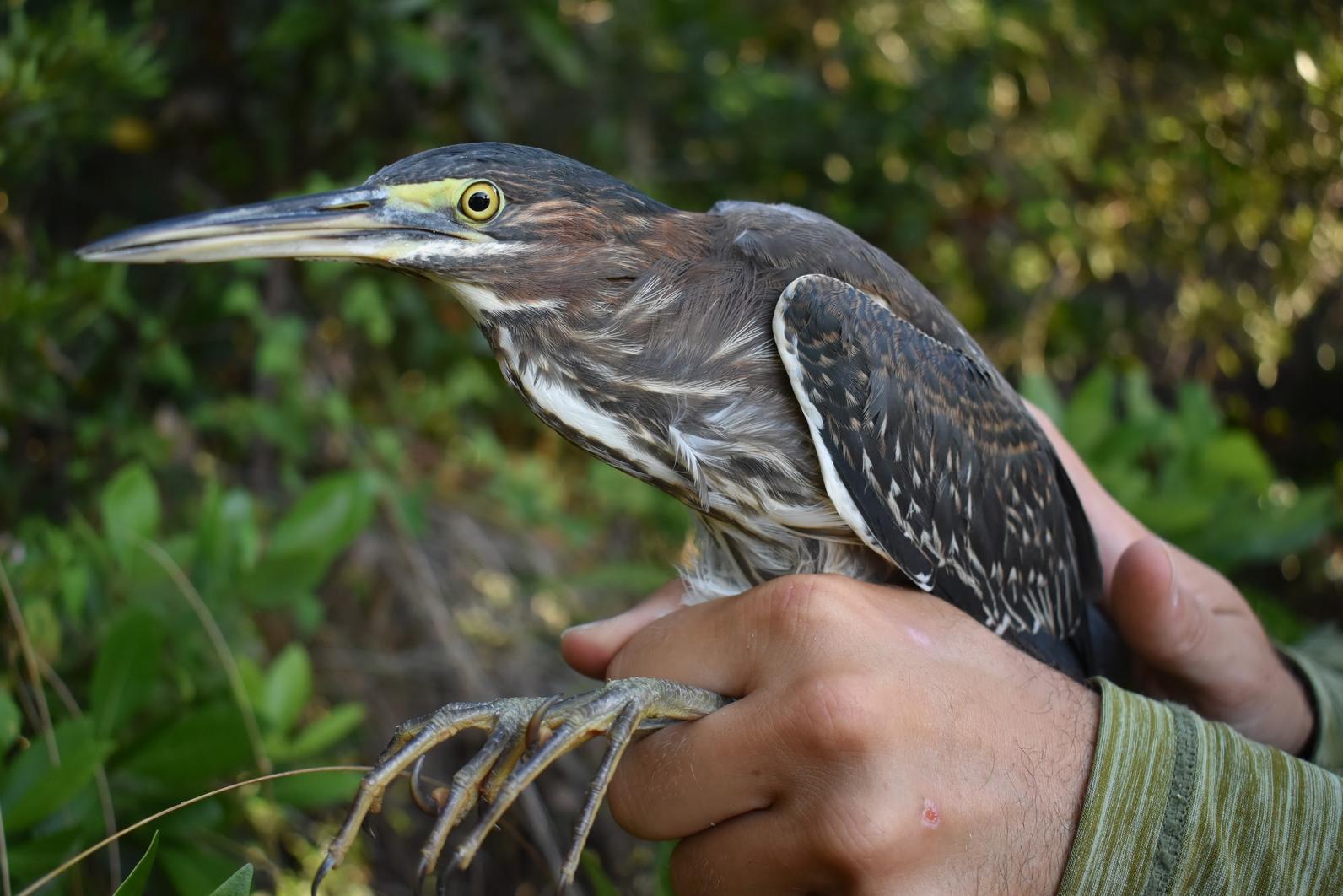
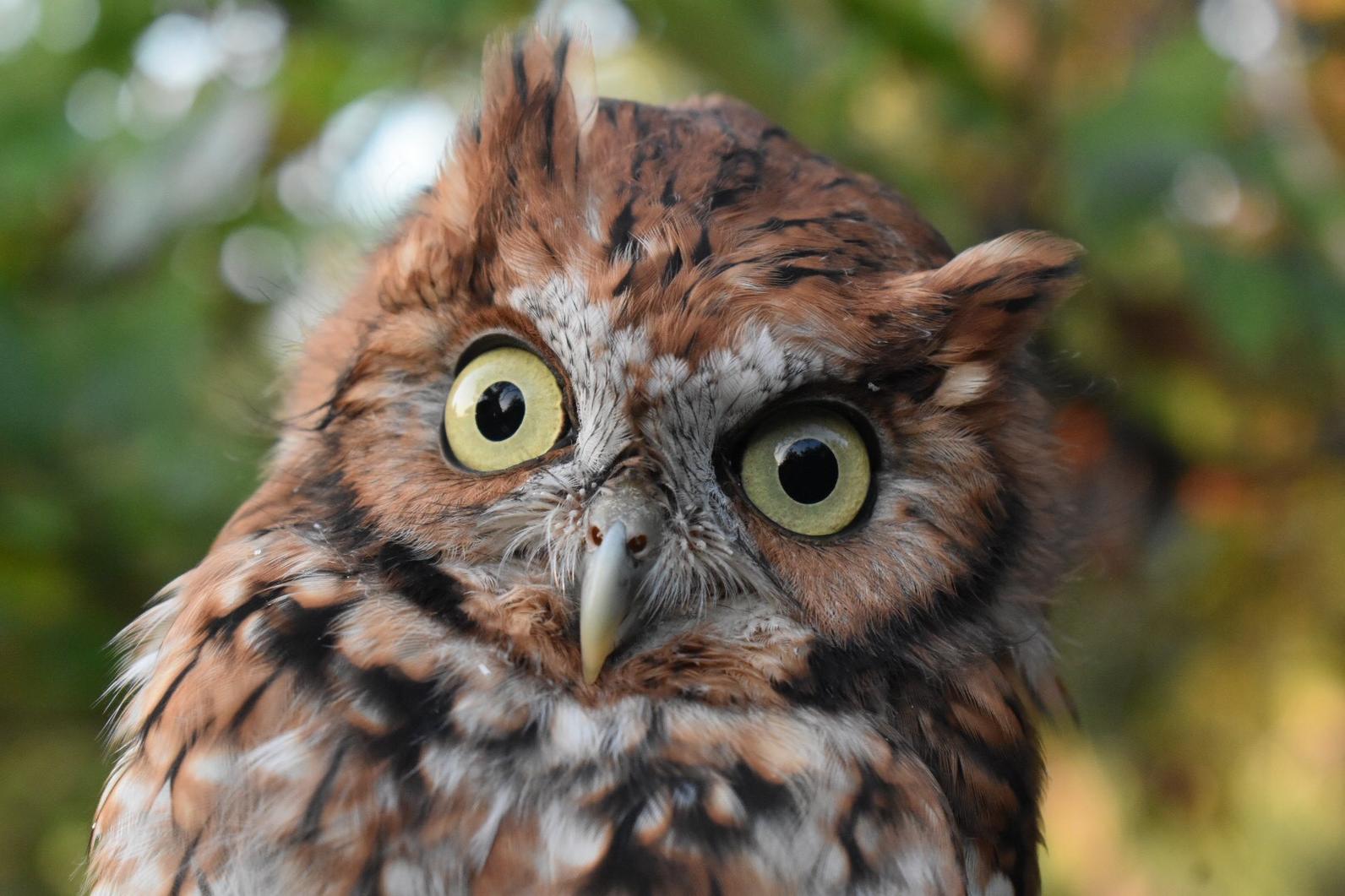
Being able to spend the fall season in the Lowcountry has been an absolute joy. From experiencing the extended summer as it slowly fades into fall and continuing to work with species I care so much about, it has shown me that bird banding is so much more than putting a ring on a bird. It gives us scientists a view of migration behaviors, home ranges, long-term fitness of populations, and the opportunity to make educated decisions in protecting vital habitats so that we can all enjoy birds for years to come.
--------
South Carolina is rich in biomes, where two-thirds of the state, nearly 13 million acres, is forest. An estimated 400,000 more acres are coastal marsh, such as the banding areas on Kiawah Island.
We are grateful for the tremendous strides South Carolina’s conservation community is achieving to create a lasting impact for our feathered friends’ habitats. One flourishing project Kiawah Island has been successful with is their “Grow Native” initiative, which is a community-wide effort to increase the use of native plants in landscaping projects across the island with an overall goal of improving wildlife habitat.
Conservation in the Lowcountry is a pressing priority, which is further detailed in Audubon South Carolina’s recent study findings from Survival by Degrees: 389 Bird Species on the Brink. We ask for your support in continuing these efforts, as 100% of your donation protects and restores natural landscapes for birds, other wildlife, and humans too – right here in South Carolina. To make a contribution, please click here.







